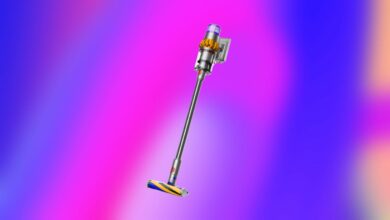Practical Flood Protection: DIY Guide

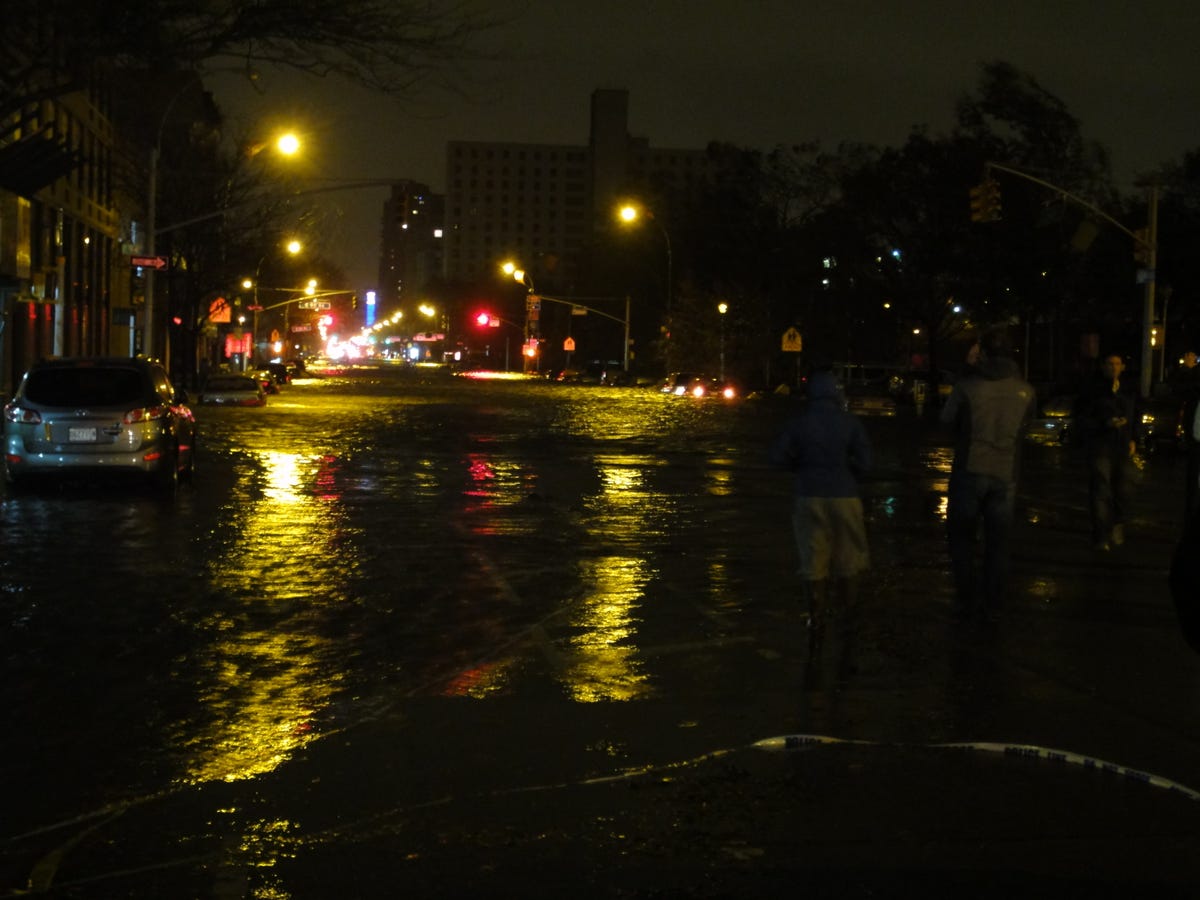
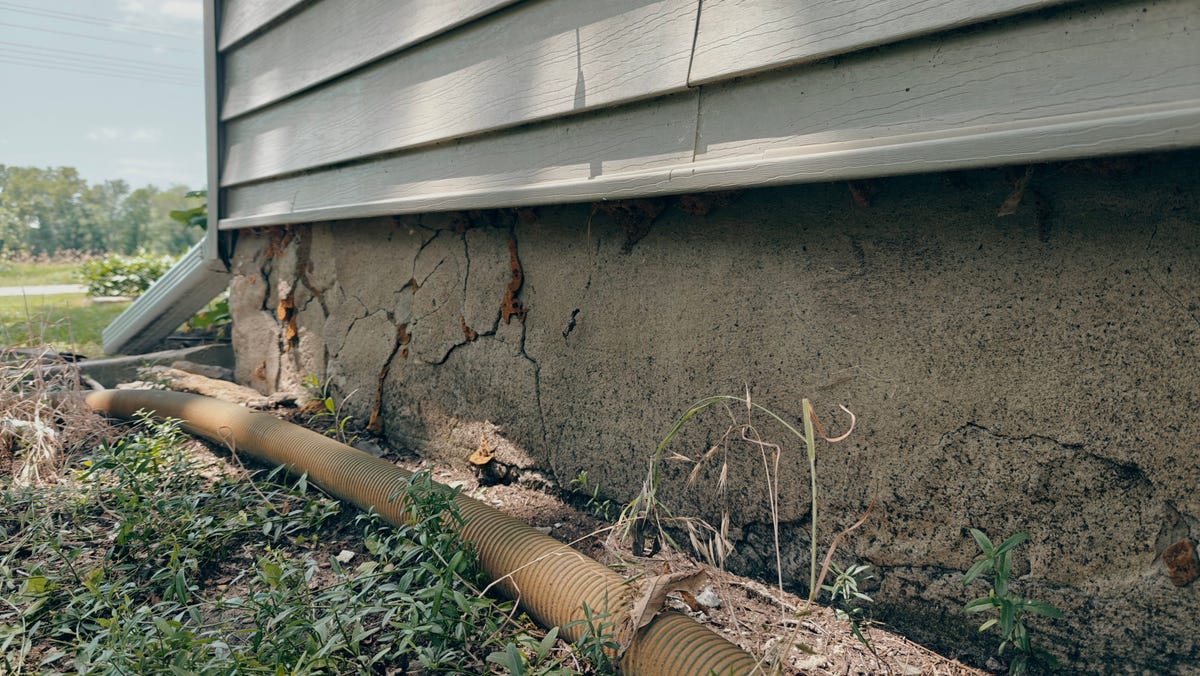
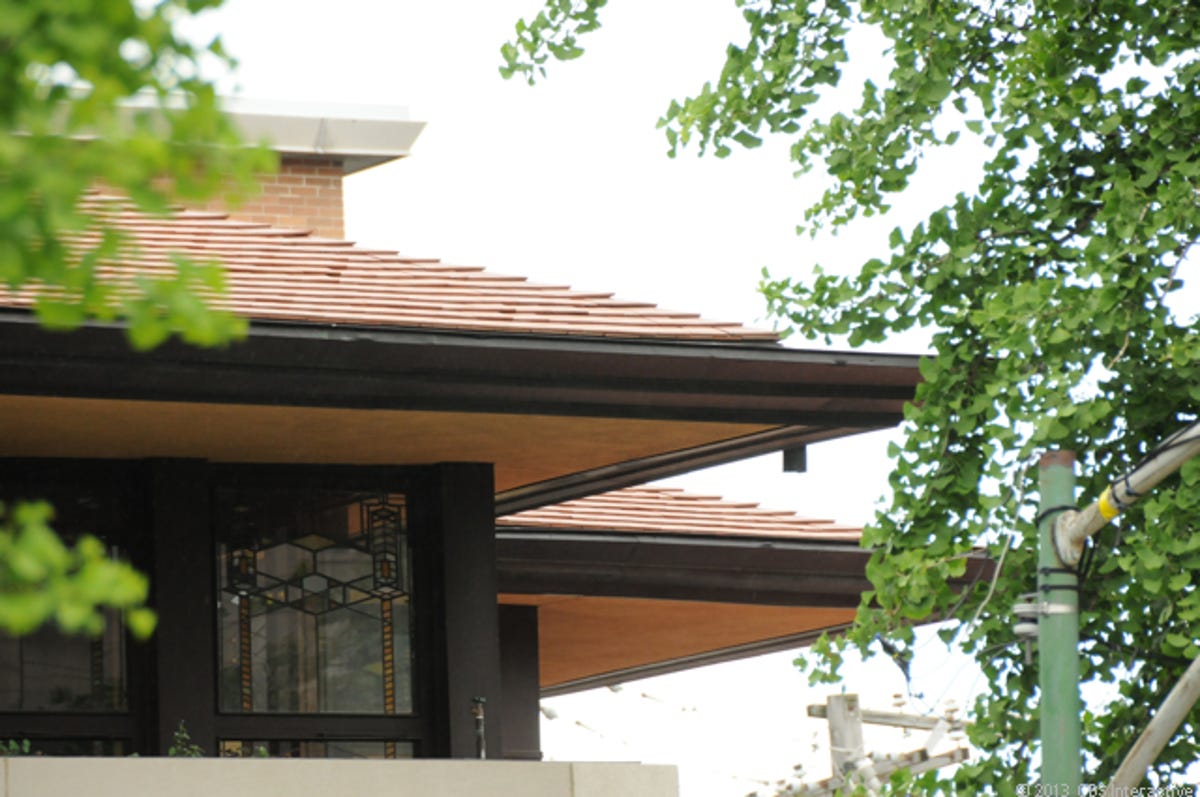
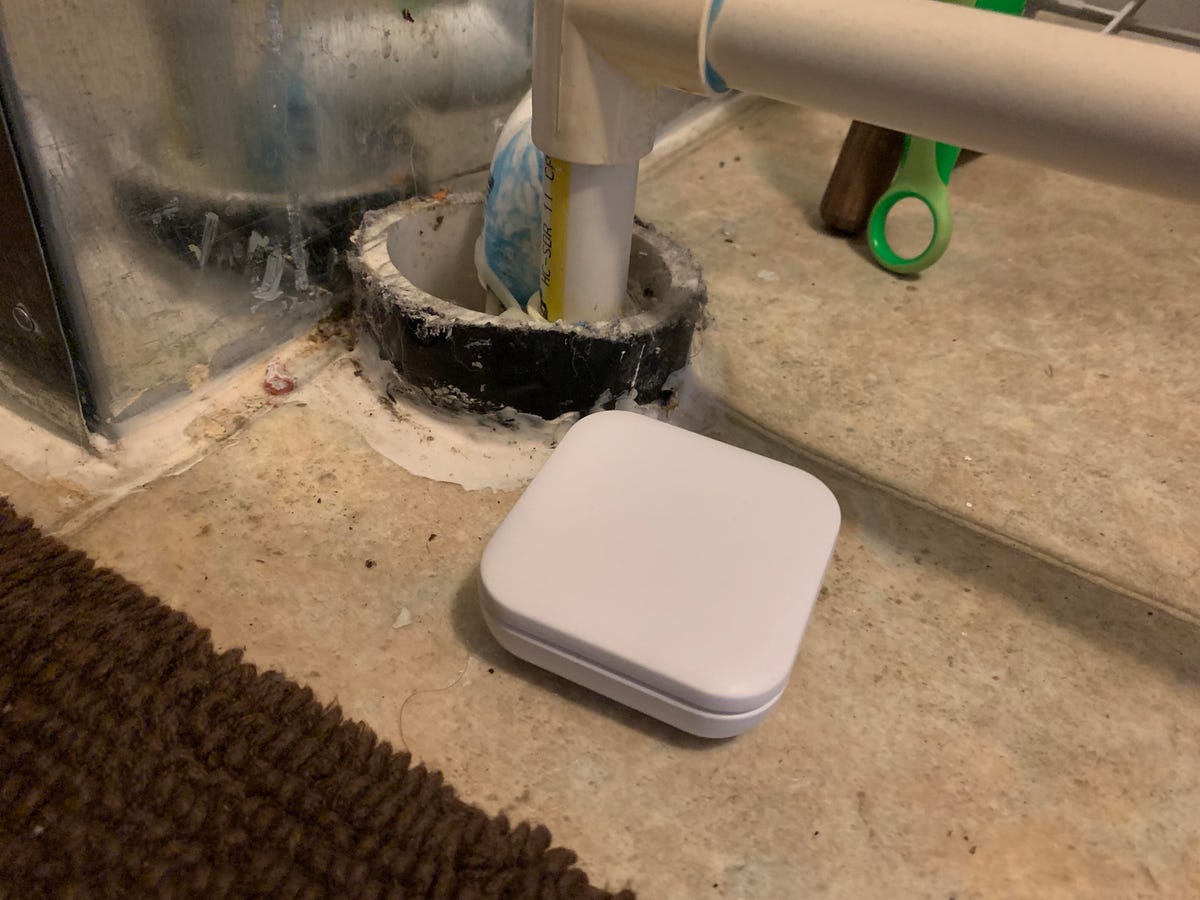
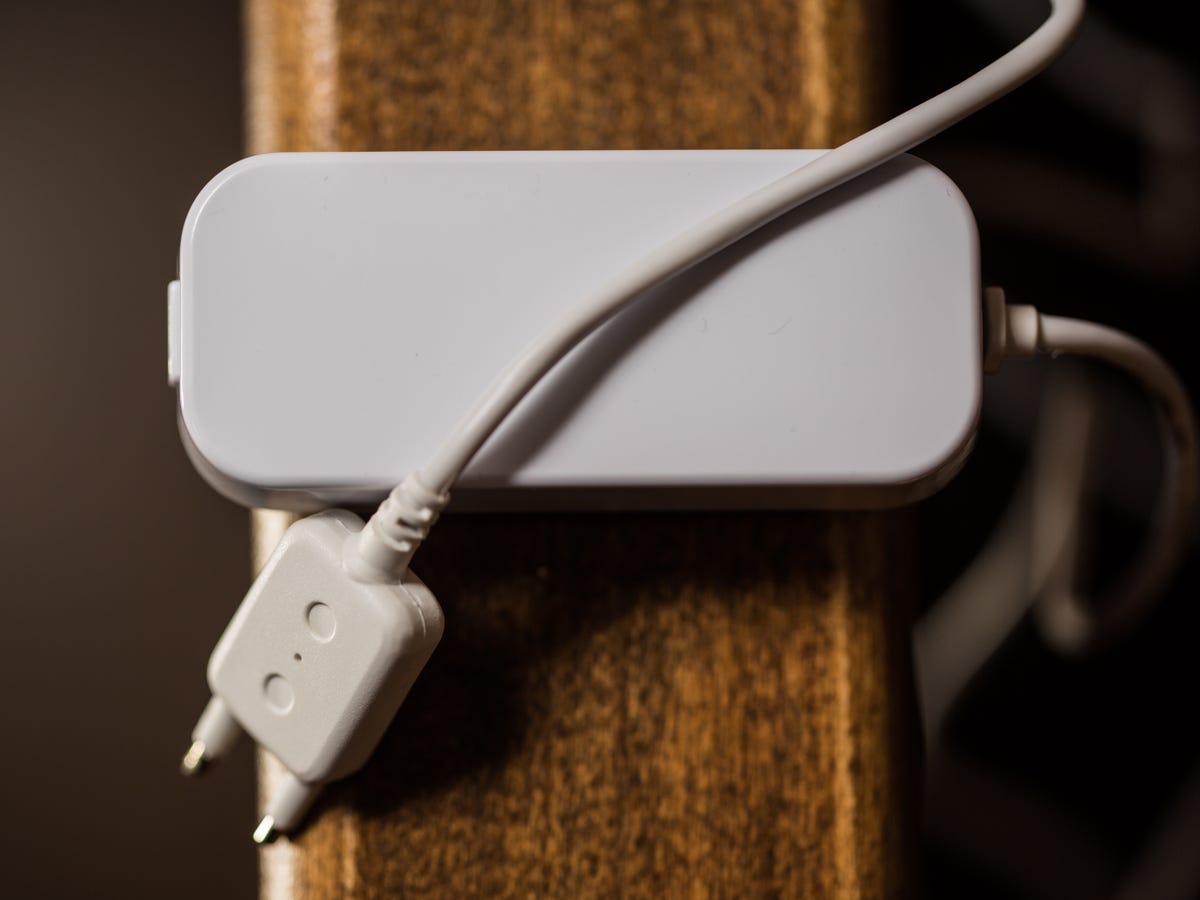

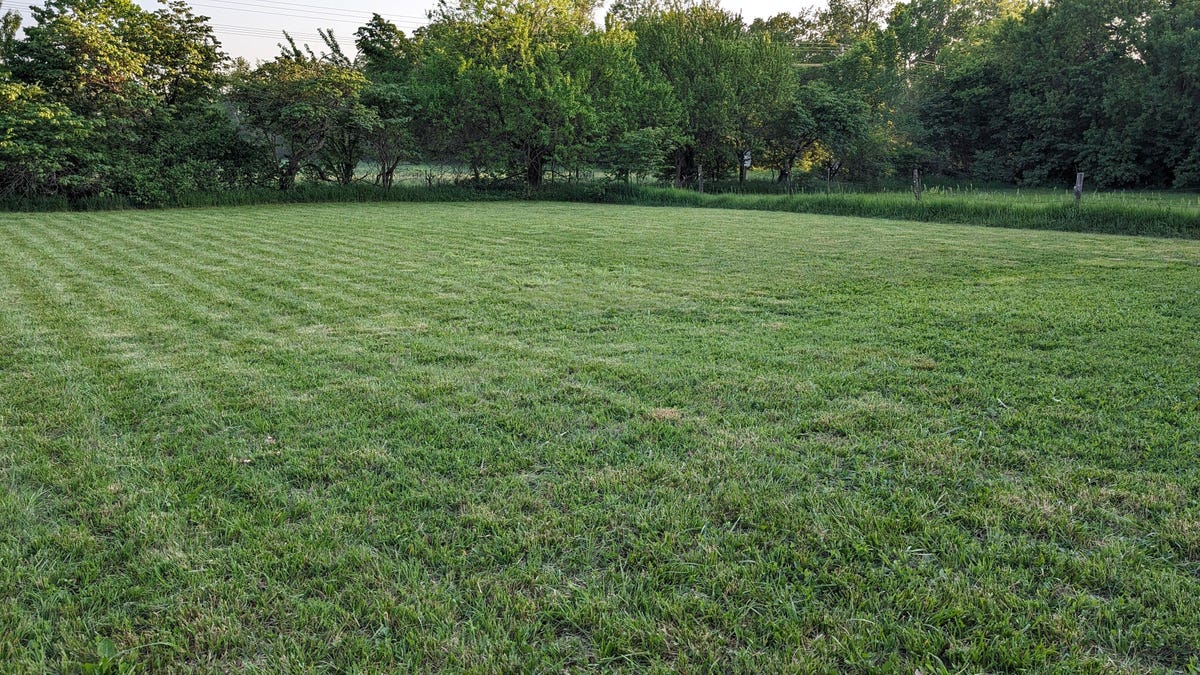
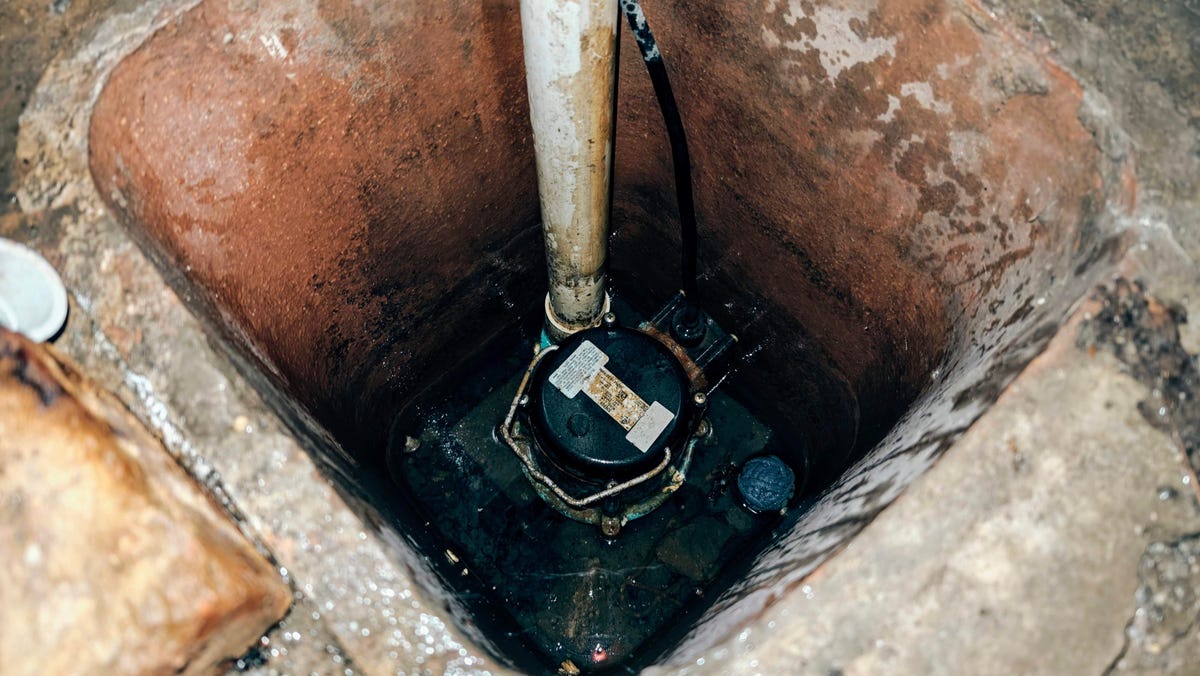

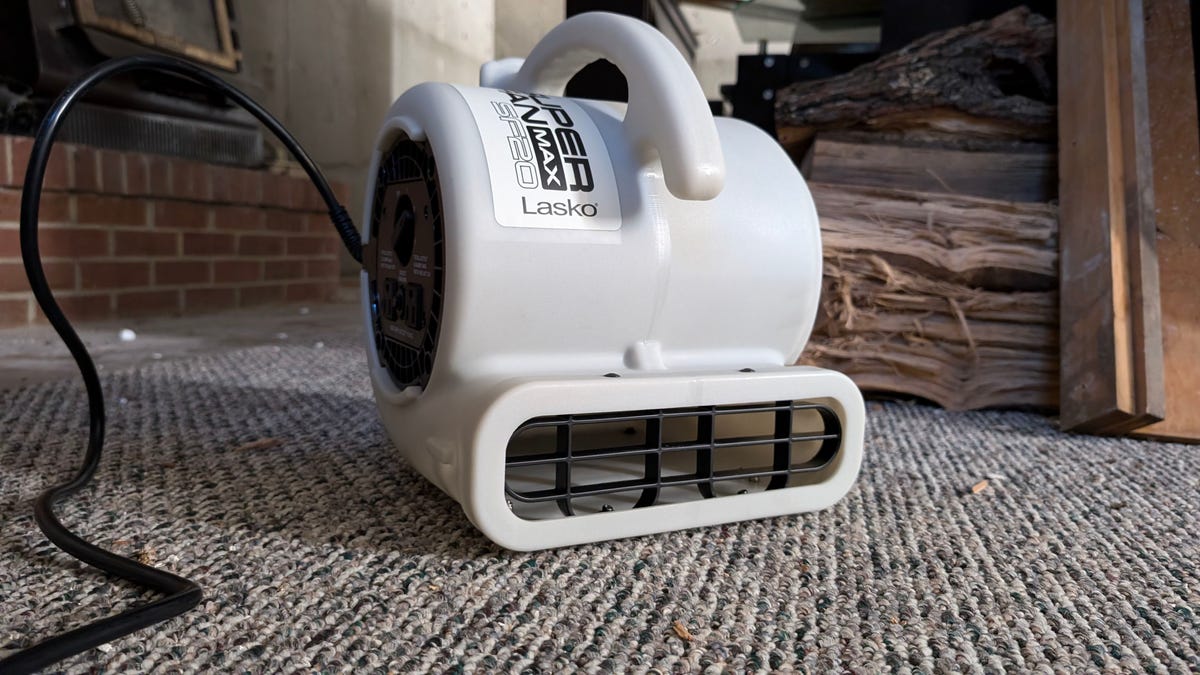
Water damage to your home can come in many forms. For some, flooding is one of the most common causes of damage to a home due to the location of the home and its proximity to water sources. With major storms like Hurricane Debby making landfall, it is essential to be prepared. According to the Insurance Information Institute, water damage generally accounts for nearly a quarter of homeowners insurance claims and includes water coverage from a major storm, burst water pipes, and many other sources.
Regardless of how the unwanted water entered your home, the damage from the water can be devastating. That’s why it’s best to take steps now to ensure your home is protected from flooding and other types of water damage. This guide will give you steps to best protect your home and belongings from water damage.
Know your flood risk

The East River overflowed its banks, flooding Manhattan’s Upper East Side. First Avenue at 93rd Street looked more like a river than a street last night.
Flooding is one of the most devastating forms of water damage. Not only does the water itself cause problems for the home and community, but the deposits in the water and the potential for mold and other bacteria only add to the damage once the water recedes. The first step to preventing water damage to your home is to evaluate your flood risk. Certain areas of the country and even your own community are at higher risk for flooding than others and should take extra precautions to keep your homes safe and dry.
An excellent way to assess the risk of flooding to your home is to FEMA Flood Map or to talk to your local zoning office. FEMA considers any area with at least a one percent chance of flooding to be a special flood hazard area. If your home is located in one of these risk areas, you will want to take extra precautions to protect yourself and your home.
Seal the foundation of your home

Sealing cracks in your home’s foundation not only keeps water out, but also insects and other pests.
A solid foundation of information is essential when learning new skills. When we talk about a house, we mean a literal foundation, which is vital. Cracks in the foundation of your home can allow water from a rainstorm to seep in and cause damage, let alone a flood. What starts as a small hairline crack can grow larger as water weakens and erodes the foundation, creating an even bigger problem.
You can often carry out the repairs yourself using mortar or masonry putty to seal cracks and fill holes in your foundation if you are not comfortable with the task or if you see extensive damage, but definitely contact a local contractor for help. You can also seal your basement walls with a rubber coating such as Blue Max to further waterproof the foundation.
Keep your gutters clean

This Black and Decker leaf blower lets you clean gutters without a ladder.
Drains may not seem like the most obvious thing to check if water is coming into your home, but clogged drains and storm drains can be part of the problem. When they are clogged, water doesn’t flow freely and can end up where it shouldn’t, causing it to back up and pool around your home.
If water pools, it’s more likely to seep between shingles, behind siding, and into other cracks. The best way to prevent this is to schedule regular maintenance on your gutters, spouts, and downspouts. Also, make sure your downspouts point away from the house.
Install flood sensors

Flood sensors allow you to protect the easily overlooked nooks and crannies of your home from accidental water damage.
Preventing water from entering your home is the first step in preventing water damage, but sometimes the water that enters our homes can be the culprit. A burst water pipe can occur from a pipe freezing over the winter, a broken connection, or simply a pipe giving out. Either way, knowing when this is happening as soon as it happens can save your home and your money.
Some handy smart home devices can help reduce water damage in your home, one of which is a flood sensor. There are several types on the market; some are smart and some are not. I have two in my basement to alert me if there is a problem, one Aeotec SmartThings Water Leak Sensor if my submersible pump breaks down and a Govee WiFi Water Leak Detector for my hot water boiler. These warn me when water hits the sensors.

Flood sensors detect water when it comes into contact with the metal probes on the device, allowing current to flow through it.
The other style of flood detectors are not smart, but can be useful in other ways. I use Govee Water Leak Detectors under the sinks in my house, behind my toilets, my dishwasher, and my washing machine. I also have two in my camper. These have a really loud alarm that goes off when they are wet, so even though you don’t get an alert on your phone when you are nearby, you can still hear it.
There are many types of flood sensors to choose from, with prices ranging from as little as $20 to nearly $100. Some home security companies also offer flood sensors as part of their home security systems.
Repairing water leaks

This may seem like a no-brainer, but if you have any leaks in your pipes or roof, even small ones, get them fixed ASAP. Even the smallest drips or leaks can cause big problems, and it’s only a matter of time before that small leak gets worse. The last thing you want is a huge rainstorm to show you how bad that small leak was.
Even if you haven’t had any leaks, it’s good practice to keep an eye on anything in your home that might be leaking so you can spot it right away. That means routinely checking your ceilings for water stains, looking under bathroom and kitchen cabinets for water-swollen wood, and checking around the base of your HVAC and water heater for evidence of puddles.
Improve the slope of your garden

My garden has never looked so professional.
An often overlooked aspect of a home’s yard is the slope. No, I’m not talking about whether it got an “A” in the community’s best lawn contest. I’m talking about the type of slope that refers to the shape and angle of your yard. A properly graded lawn is flat or gently sloped away from your home. By making sure your yard does its part to not funnel water toward your home, you reduce the chance of rain or floodwaters getting in.
Install a submersible pump

Installing a sump pump in your basement is essential for preparation, whether or not you have regular water in your home.
If your home has a basement, a sump pump is an essential tool to own. A sump pump is a device designed to pump groundwater away from your home, and direct it away from your pipes and foundation. Many homes have a hole in the basement that a sump pump can be installed in, and it will automatically turn on when the hole fills up.
If your home does not have a hole for a sump pump, it should have a floor drain at the lowest point of the basement. In this case, if the basement gets too much water, you will want to direct that water to the drain. It would also be wise to have a good dehumidifier in your basement to remove moisture from the air and dry out the area if water does get in.
Lifting appliances and utilities

Depending on how prone your home is to flooding, you may want to consider elevating your appliances a little so they won’t be damaged in a minor flood.
If your home is located in an area that is prone to flooding, after you have completed the steps above, make sure that you protect your appliances, utilities, and other electrical equipment in your home. If you have not already done so, you can place electrical switches, breakers, and switches at least 12 inches off the floor to prevent electrical damage. For appliances such as your HVAC system, refrigerators, freezers, and other large appliances, you can reduce the chance of damage in the event of a flood by placing them on raised surfaces (bricks, boards, etc.).
Insure your home
In a perfect world, you would never experience a flood in your home. It is not a bad idea to prepare for the worst case scenario.
Most home insurance policies cover sudden and unforeseen burst pipes and other causes of flooding, such as sewer blockages, which is often a fairly affordable add-on. If you neglect your pipes and they burst due to rust and age, your insurance probably won’t cover the damage.
If you live in an area with a high risk of flooding, you may be required to purchase flood insurance for your home. Even if it is not required for you, it is still something to consider, depending on where you live.
The most important thing is to do your research: check your pipes for rust and damage, see if there is a risk of flooding in your area, and talk to your neighbors about any problems they’ve experienced.
Here Are 23 Ways to Save on Your Electric Bill Now
View all photosWhat now?

Air movers are similar to fans, but are very focused and can move a lot of air very efficiently.
Flooding and water damage are common problems for homeowners. Taking the right precautions can help ensure that your home is protected in the event of a storm or other unforeseen event.
If water unexpectedly enters your home, you can use tools and equipment to clean up and limit the damage. a good dehumidifier will help to get the moisture out of the air. You may also need some powerful fans to move the air and help with drying. In addition to fans, I recommend getting an air mover, which is similar to a fan but more powerful and focused. There are larger ones, but I find the Lasko Super Fan Max Air Displacer because it is compact, yet moves more than enough air.
Plus, flooding isn’t the only danger your home faces. Be sure to check out our home safety checklist for seven more steps you can take to keep your home and family safe and secure.




